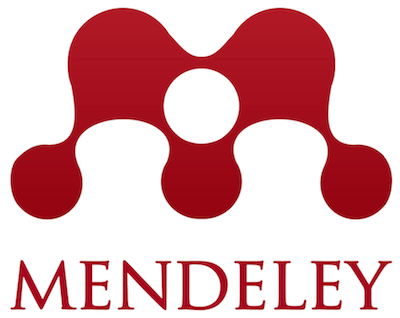Terapi lesi oral pasien sindrom Stevens-Johnson disertai lupus eritematosus sistemik
Oral lesion therapy in patients with Stevens-Johnson syndrome with systemic lupus erythematosus
Abstract
Pendahuluan: Adverse drug reaction (ADR) merupakan salah satu respon tubuh manusia tidak diinginkan dan berbahaya yang disebabkan penggunaan obat meskipun dalam dosis normal. ADR dapat menyebabkan terjadinya sindrom Stevens-Johnson (SJS) serta dapat memicu lupus eritematosus sistemik (SLE), yang salah satu manisfestasinya sebagai krusta hemoragik dan erosi yang luas pada mulut dan peri–oral, dapat mengganggu fungsi mulut sehingga terganggunya asupan makanan. Laporan kasus ini bertujuan untuk menjelaskan terapi lesi oral pasien sindrom Stevens-Johnson disertai lupus eritematosus sistemik. Laporan kasus: Seorang pasien wanita berusia 57 tahun dengan riwayat penyakit meningitis tuberkulosis dirujuk ke Bagian Penyakit Mulut dari departemen Ilmu Kesehatan Kulit dan Kelamin dengan diagnosis SJS, pasien mengeluhkan kesulitan untuk membuka mulutnya, sakit menelan dan sakit pada bibir. Terdapat riwayat pemakaian obat ofloxacin, streptomysin, dan OAT. Pemeriksaan ekstraoral menunjukkan beberapa lesi diskret pada wajah, konjungtiva anemis, lesi erosif dan krusta hemoragik pada bibir. Pemeriksaan intraoral ditemukan lesi erosif pada mukosa bukal dan palatal serta plak putih pada dorsal lidah. Pemeriksaan darah rutin menunjukkan hemoglobin, hematokrit, leukosit, MCV, MCH, eosinofil, netrofil, limfosit, protein total dan albumin rendah sedangkan uji ANA positif, sehingga diagnosis ditegakkan sebagai lesi oral terkait SJS disertai SLE dan kandidiasis oral. Medikasi yang diberikan adalah Chlorhexidine gluconate 0,1%, nistatin suspensi oral, vitamin B12, asam folat, dan topikal kortikosteroid. Lesi oral menunjukkan perbaikan dalam waktu 3 minggu, pada pasien terjadi SJS dan SLE secara bersamaan hal ini menunjukkan adanya keterlibatan mekanisme imunologi Simpulan: Terapi non farmakologi berupa pemberian kortikosteroid topikal,obat kumur Chlorhexidine gluconate 0,1%, vitamin B12, asam folat, dan nistatin yang menunjukkan perbaikan pada lesi oral dalam 3 minggu perawatan, di tambah dengan terapi non farmakologi berupa pemeliharaan kebersihan rongga mulut dengan obat kumur Chlorhexidine gluconate 0,1% sebagai antiseptik untuk meningkatkan kenyamanan pasien, untuk memfasilitasi epitelisasi dan mencegah komplikasi seperti infeksi.
Kata kunci: Adverse Drug Reaction, lesi oral, sindrom Stevens-Johnson, lupus eritematosus sistemik.
ABSTRACT
Introduction: Adverse drug reaction (ADR) is one of the unwanted and dangerous human body responses caused by the use of medications even in regular doses. ADR can cause Stevens-Johnson syndrome (SJS) and trigger systemic lupus erythematosus (SLE), with manifestation such as extensive haemorrhagic and erosive crusts in the mouth and peri-oral, which can interfere the oral function and disrupt the food intake. This case report was aimed to explain the treatment of oral lesions in patients with Stevens-Johnson syndrome with systemic lupus erythematosus. Case report: A 57-years-old female patient with a history of tuberculous meningitis was referred to the Oral Medicine Department of the Skin and Gynecology Polyclinics with a diagnosis of SJS, chief complaints of difficulty in opening her mouth, ingesting, and lips soreness. There was a medication history of ofloxacin, streptomycin, and OAT drugs. Extraoral examination indicated several facial discrete lesions, anaemic conjunctiva, erosive lesions, and hemorrhagic crusts on the lips. The intraoral examination found erosive lesions of the buccal and palatal mucosa and white plaques on the dorsal tongue. Routine blood tests showed the low level of haemoglobin, haematocrit, leukocytes, MCV, MCH, eosinophils, neutrophils, lymphocytes, and also low total protein and albumin, while the ANA test was positive. Thus the diagnosis was established as oral lesions associated with SJS with SLE and oral candidiasis. Medications administered were 0.1% chlorhexidine gluconate, nystatin oral suspension, vitamin B12, folic acid, and topical corticosteroids. Improvement in the oral lesions healing occurred within 3 weeks. SJS and SLE symptoms were simultaneously occurred in the patient, showed the involvement of immunological mechanisms. Conclusion: Non-pharmacological therapy in the form of topical corticosteroids, 0.1% chlorhexidine gluconate mouthwash, vitamin B12, folic acid, and nystatin, showed improvement in oral lesions within 3 weeks of treatment, added by non-pharmacological therapy in the form of maintaining oral hygiene with 0.1% Chlorhexidine gluconate mouthwash as an antiseptic to improve the patient’s comfort, and facilitate the epithelialisation and prevent complications such as infections.
Keywords: Adverse drug reaction, oral lesion, Stevens-Johnson syndrome, systemic lupus erythematosus.
Keywords
Full Text:
PDFReferences
Schatz BSN, Pharm D, Weber RJ, Pharm D. Adverse Drug Reactions. 2015; PSAP 2015 . CNS/Pharmacy
Asia S, Pang JYY, Koh HY. Original Article Cutaneous adverse drug reactions in a tertiary hospital in. 2015;105–12.
Thong BY, Tan T. Epidemiology and risk factors for drug allergy. Br J Clin Pharmacol. 2011;71;5:684–700.
Control d. Guide for: reporting adverse drug reactions. 2017;1–21.
Gomes ER, Gomes ER. Epidemiology and risk factors in drug epidemiology and risk factors in drug hypersensitivity reactions. Curr Treat Options Allergy. 2017;4:239–57
Pichler WJ, Hausmann O. Classification of drug hypersensitivity into allergic, p-I, and pseudo-allergic forms. Int Arch Allergy Immunol. 2017;171(3–4):166–79.
Cristina M, Rodrigues S. Drug-drug interactions and adverse drug reactions in polypharmacy among older adults: an integrative review 1. Rev Lat Am. Enfermagem 2016;24:e2789.
Patel PP, Gandhi a M, Desai CK, Desai MK, Dikshit RK. An analysis of drug induced Stevens-Johnson syndrome. Indian J Med Res. 2012;136(December):1051–3.
Dodiuk-Gad RP, Chung W-H, Valeyrie-Allanore L, Shear NH. Stevens–Johnson Syndrome and Toxic Epidermal Necrolysis: An Update. Am J Clin Dermatol. 2015;16(6):475–93.
Lee HY, Martanto W, Thirumoorthy T. Epidemiology of Stevens-Johnson syndrome and toxic epidermal necrolysis in Southeast Asia. Dermatologica Sin. 2013;31(4):217–20.
Verma R, Vasudevan B, Pragasam V. Severe cutaneous adverse drug reactions. Med J Armed Forces India. 2013;69(4):375–83.
Xiao X, Chang C. Diagnosis and classification of drug-induced autoimmunity (DIA). J Autoimmun. 2014;48–9:66–72. DOI: 10.1016/j.jaut.2014.01.005.
Kalińska-Bienias A, Kowalewski C, Woźniak K. Terbinafine-induced subacute cutaneous lupus erythematosus in two patients with systemic lupus erythematosus successfully treated with topical corticosteroids. Postep Dermatologii I Alergol. 2013;30(4):261–4.
Shah R, Ankale P, Sinha K, Iyer A, Jayalakshmi TK. Isoniazid induced lupus presenting as oral mucosal ulcers with pancytopenia. 2016;10(10):OD3–5.
Wong NY, Parsons LM, Trotter MJ, Tsang RY. Drug-induced subacute cutaneous lupus erythematosus associated with docetaxel chemotherapy: A case report. BMC Res Notes. 2014;7:785.
Purnamawati S, Febriana SA, Danarti R, Saefudin T. Topical treatment for Stevens-Johnson syndrome and toxic epidermal necrolysis: A review. Bali Med J 2016;5(1):82–100.
Cunha JS, Gilek-Seibert K. Systemic lupus erythematosus: A review of the clinical approach to diagnosis and update on current targeted therapies. R I Med J 2016;99(12):23–7.
Heeyoon Cho. Ocular manifestations of systemic lupus erythematosus. Hanyang Med Rev 2016;36(6):155–60.
Mohammed W, Afroz S, Das SK, Rao VUM. Identification and management of steven johnson syndrome induced due to cefixime and ofloxacin in a systemic lupus erythematosus patient: A case report. Am J Pharm Health res 2015;3(5):27-36.
Law EH, Leung M. Corticosteroids in stevens-johnson syndrome/toxic epidermal necrolysis: current evidence and implications for future research. Ann Pharmacother. 2015;49(3):335–42.
Bequignon E, Duong TA, Sbidian E, Valeyrie-Allanore L, Ingen-Housz-Oro S, Chatelin V, dkk. Stevens-Johnson syndrome and toxic epidermal necrolysis: Ear, nose, and throat description at acute stage and after remission. JAMA Dermatology. 2015;151(3):302–7.
Baker MG, Cresce ND, Ameri M, Martin ÞAA, Patterson JW, Kimpel DL. Systemic Lupus Erythematosus Presenting as Stevens-Johnson Syndrome/Toxic Epidermal Necrolysis. J Clin Rheumatol. 2014;20(3):167–71.
Thappa D, Jaisankar T, Sanmarkan A, Sori T. Retrospective analysis of Stevens-Johnson syndrome and toxic epidermal necrolysis over a period of 10 years. Indian J Dermatol. 2011;56(1):25.
Ap S, Ca S, An A, Rmr P, Kozu K, Cmpl B, dkk. Stevens-Johnson syndrome and toxic epidermal necrolysis in childhood-onset systemic lupus erythematosus patients: a multicenter study. Acta Reumatol Port. 2017;250–5.
Martínez-cabriales SA, Gómez-flores M, Ocampo-candiani J. News in severe clinical adverse drug reactions: Stevens-Johnson syndrome ( SJS ) and toxic epidermal necrolysis (TEN). Gac Med Mex. 2015 Nov-Dec;151(6):777-87.
Article R. Stevens-Johnson syndrome and toxic epidermal necrolysis: A review. 2016;62(5):468–73.
Zhang X, Liu F, Chen X, Zhu X, Uetrecht J. Involvement of the Immune System in Idiosyncratic Drug Reactions. Drug Metab Pharmacokinet. 2011;26(1):47–59.
Levi N, Bastuji-garin S, Mockenhaupt M, Roujeau J, Flahault A, Kelly JP dkk. Medications as risk factors of stevens-johnson syndrome and toxic epidermal necrolysis in children: A pooled analysis. Pediatrics. 2009 Feb;123(2):e297-304. DOI: 10.1542/peds.2008-1923.
Schoonen WM, Thomas SL, Somers EC, Smeeth L, Kim J, Evans S, dkk. Do selected drugs increase the risk of lupus? A matched case-control study. Br J Clin Pharmacol. 2010; 70:4;588–596
Sangwan A, Saini HR, Sangwan P, Dahiya P. Stunted root development: A rare dental complication of Stevens-Johnson syndrome. J Clin Exp Dent. 2016;18(4):462–4.
Creamer D, Walsh SA, Dziewulski P, Exton LS, Lee HY, Dart JKG, dkk. UK guidelines for the management of Stevens–Johnson syndrome/toxic epidermal necrolysis in adults 2016. J Plast Reconstr Aesthet Surg. 2016 Jun;69(6):736-41. DOI: 10.1016/j.bjps.2016.04.018.
Masthan KMK, Aravindha Babu N, Jha A, Elumalai M. Steroids application in oral diseases. Int J Pharma Bio Sci. 2013;4(2):829–34.
Gupta M, Singh Pawar C, Gupta M. Topical corticosteroids: applications in dentistry. Orig Res Artic Santosh Univ J Heal Sci. 2015;1(2):99–101.
Kumar SB. Chlorhexidine mouthwash-A review. J. Pharm. Sci. & Res 2017;9(9):1450–2.
Stabler SP. Vitamin B12 Deficiency. N Engl J Med. 2013;368(2):149–60.
Lyu X, Zhao C, Hua H, Yan Z. Efficacy of nystatin for the treatment of oral candidiasis: a systematic review and meta-analysis. Drug Des Devel Ther. 2016;(10):1161–71.
DOI: https://doi.org/10.24198/jkg.v30i3.17978
Refbacks
- There are currently no refbacks.
Copyright (c) 2018 Jurnal Kedokteran Gigi Universitas Padjadjaran
INDEXING & PARTNERSHIP

Jurnal Kedokteran Gigi Universitas Padjadjaran dilisensikan di bawah Creative Commons Attribution 4.0 International License

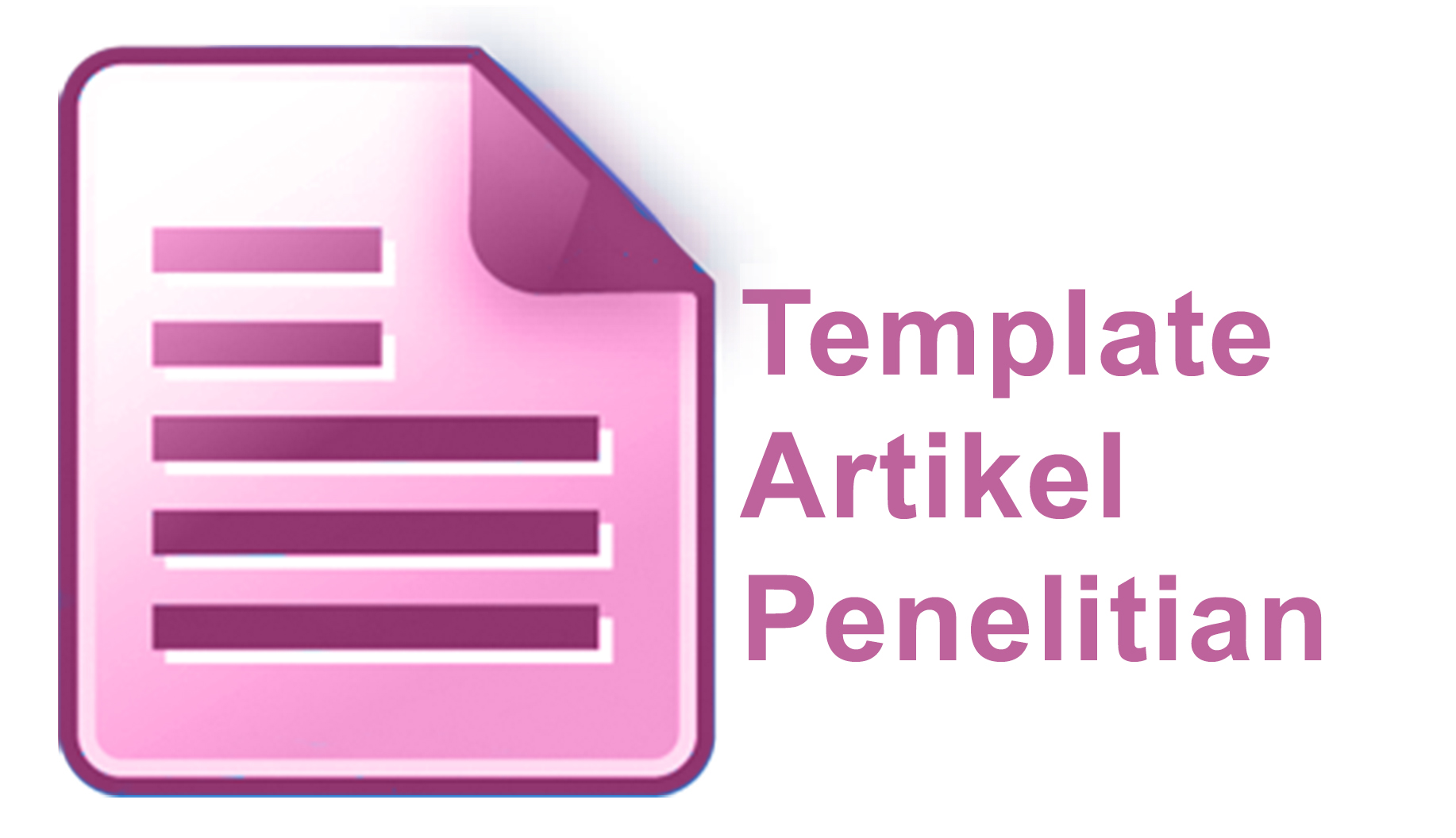
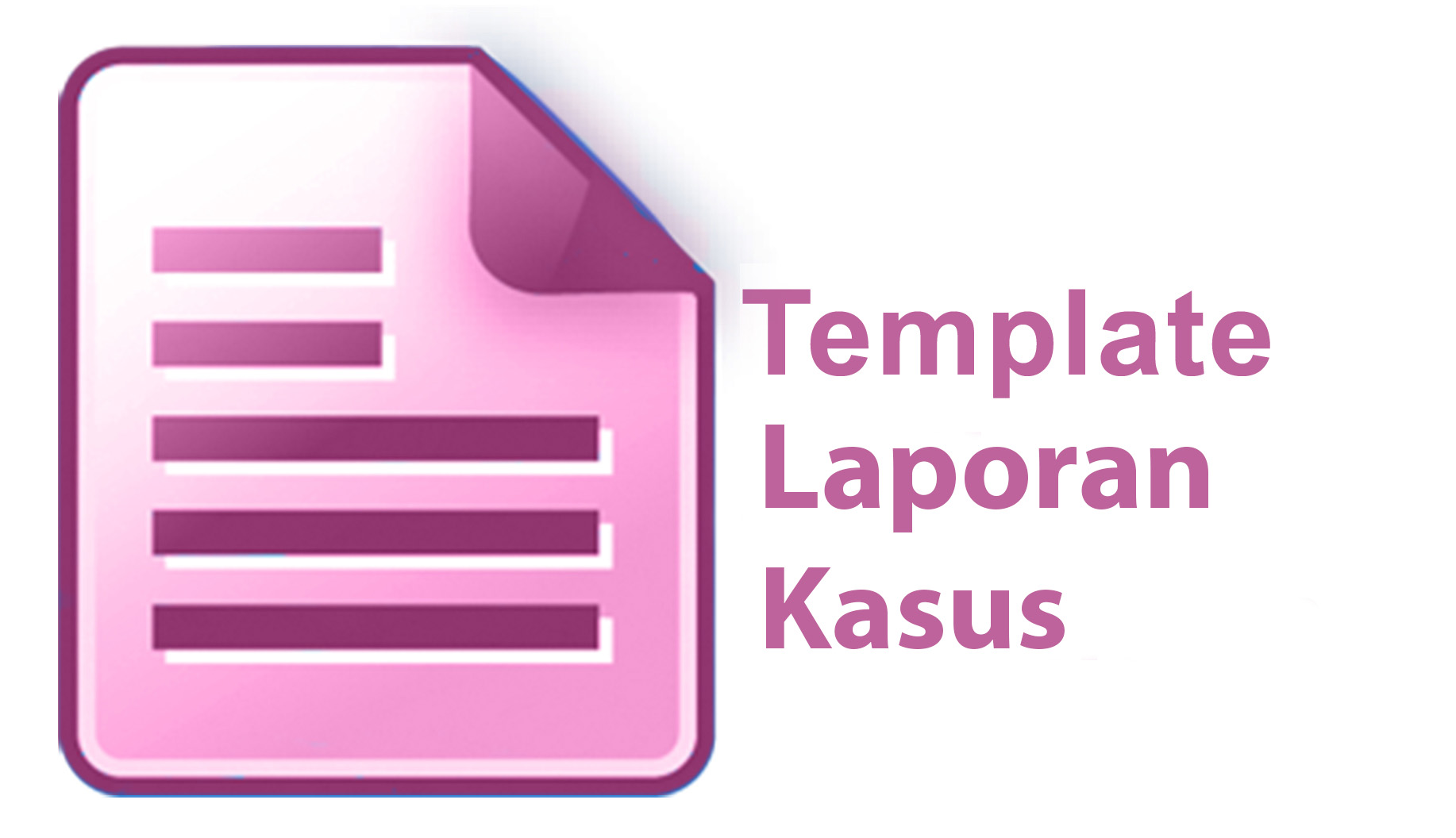
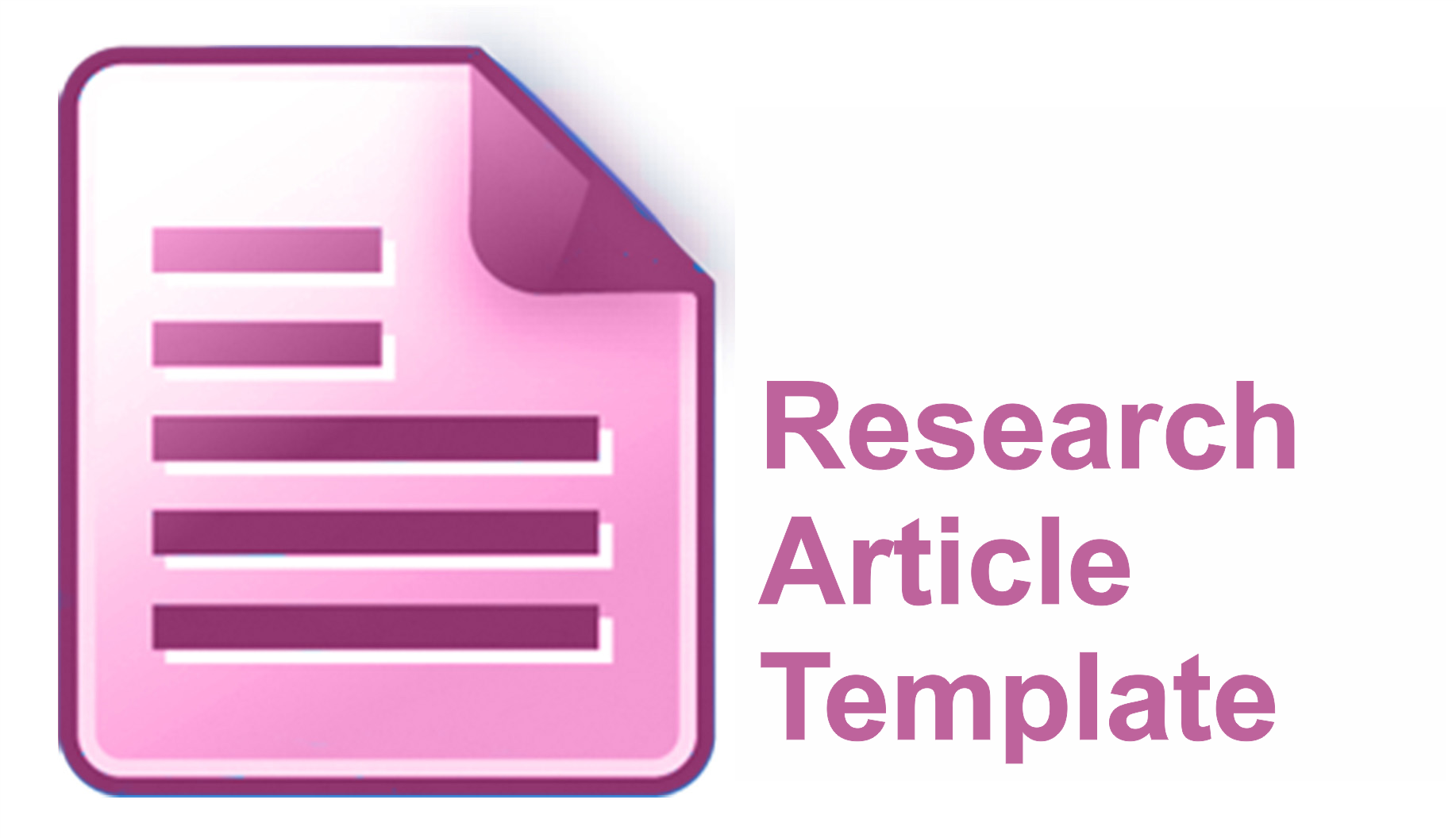
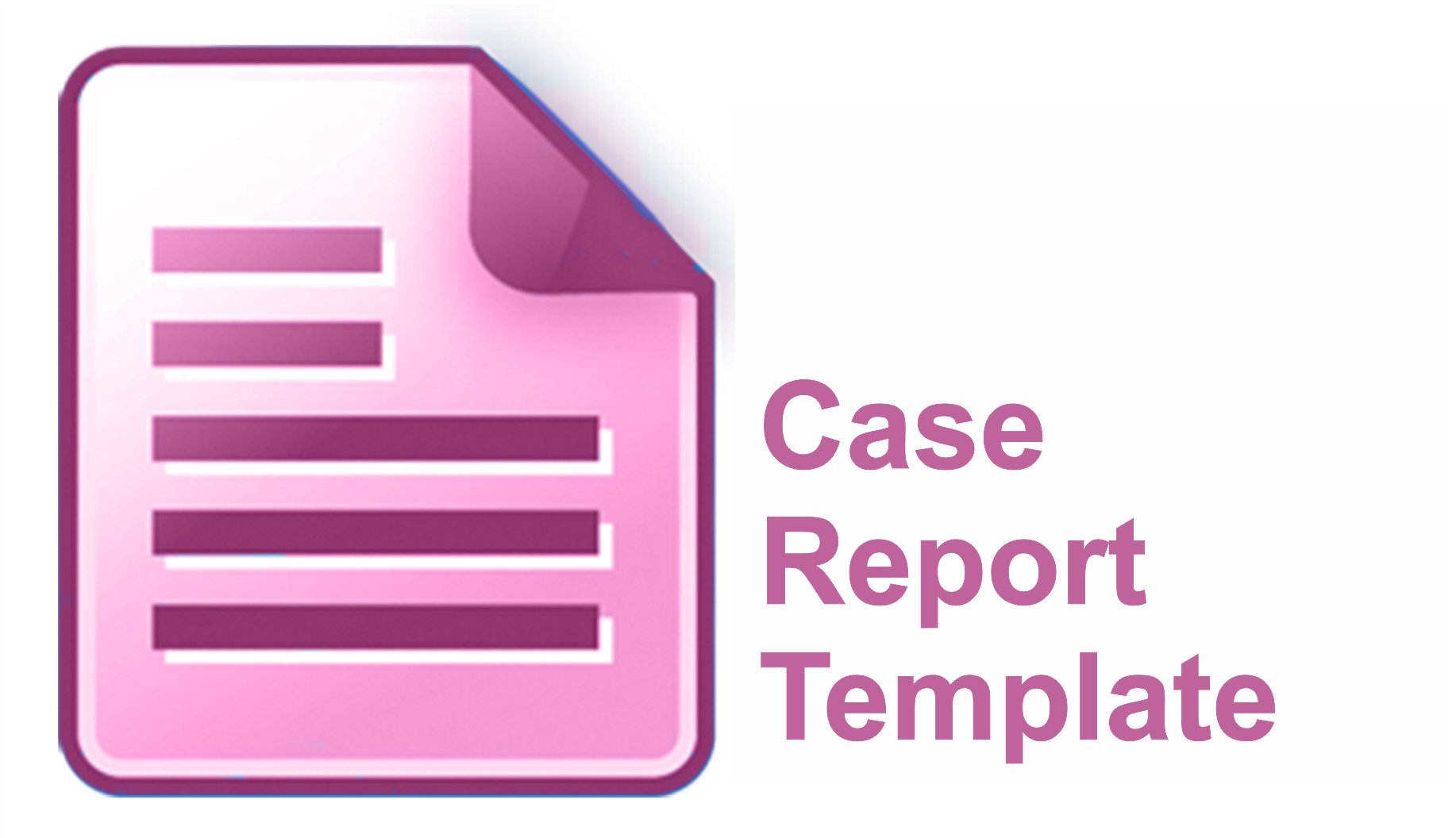
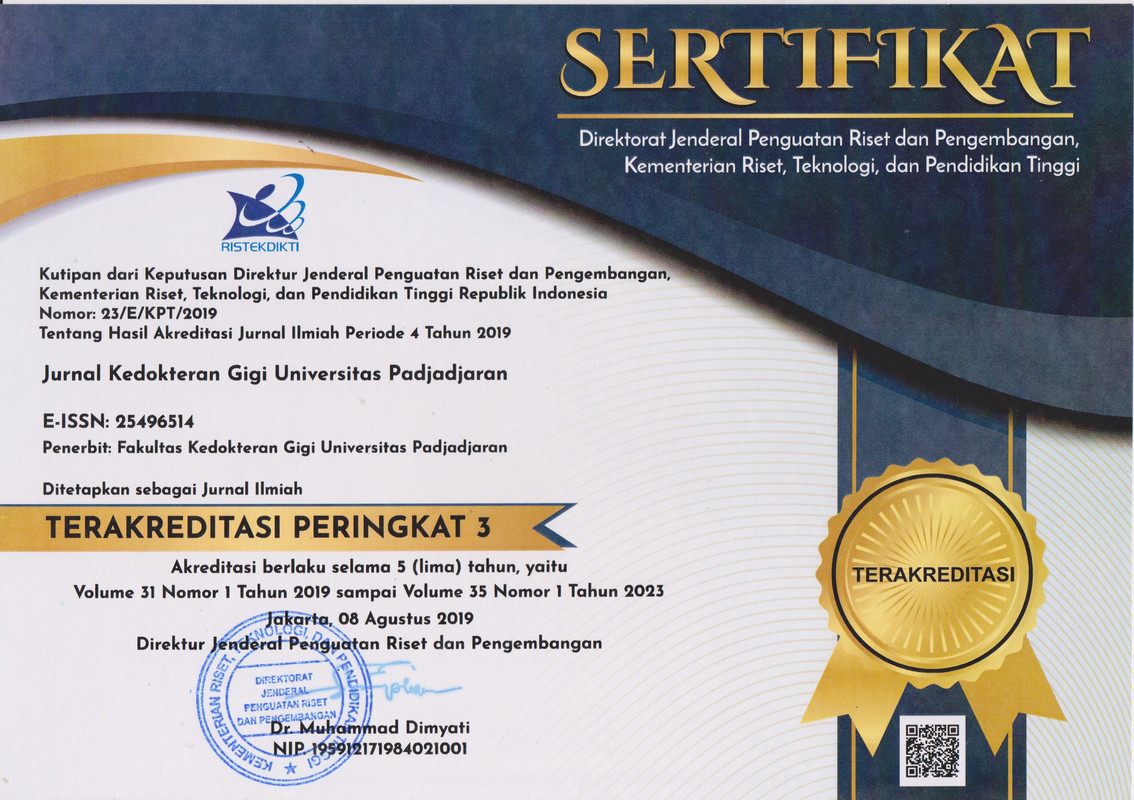
.png)
